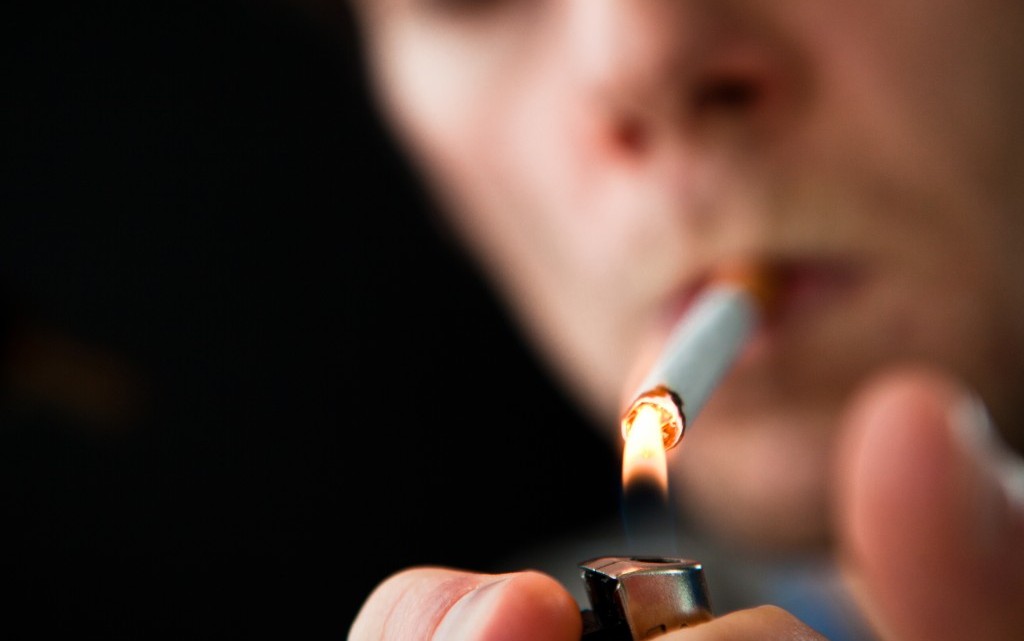by Dr. Paul Halverson
The devastating health and economic impacts of our state’s opioid epidemic are, by now, well publicized. But, among the media coverage, far too little attention has been paid to the similarities and connections to Indiana’s high rate of smoking. The two issues are deeply intertwined from both a health and economic perspective.
From a health perspective, smoking is most people’s first substance abuse addiction and 1 in 5 Hoosiers smoke—ranking us 41st out of the 50 states. Did you know that greater than 90% of opioid addicts smoke and most started when they were kids? Or that their smoking addiction leads to rates of treatment relapse that are 6 times higher than for non-smokers?
Addicts who can kick the opioid addiction, but remain smokers, are hardly in the clear—they are likely to suffer and die from tobacco use.Hoosier and now-Surgeon General Jerome Adams is to be commended for his recent comments linking the two issues, as reported by the Baltimore Sun: “We don’t want to say, ‘Okay we saved you from opioids and we’ll see you in a couple of years when you’re back with your problem related to tobacco use.’”
From an economic perspective, smoking and the opioid epidemic both wreak havoc on our state coffers and Hoosier businesses. Here are 6 facts that may shock you:
Economic Burden:
- Smoking:$7.6 billion: the total economic burden of smoking in Indiana, caused by increased health care costs, lower productivity, and premature death.
- Opioids: $770 million: total health care costs caused by opioid abuse in Indiana.
- Smoking:175,000: Number of additional jobs that would exist in Indiana if businesses weren’t restrained by the higher costs and lower productivity caused by smoking.
Costs to Employers:
- Smoking:$6,230: the total annual cost to employers for each employee who smokes, caused by higher health care expenses and lower productivity.
- Opioids: $1,244: the annual cost of excess lost productivity by employees who abuse opioids, compared to an average employee.
- Opioids: 300%: the average increase in annual health care costs to employers for an employee who misuses prescription drugs, compared to an average employee.
The dollars and cents of poor Hoosier health do not get enough attention, but they should, particularly as we turn our attention to a budget year in 2019.
We simply can’t get around the fact that we need a healthier Indiana workforce and that ranking 49th of the 50 states in public health spending is a health and economic problem that has to be addressed.
In addressing this issue, we have an effective policy that has been debated by Indiana lawmakers for the past three years but has yet to be enacted—an increase in the state’s cigarette tax.
With just a $1.50 per-pack increase in the state cigarette tax:
- 50,000 Hoosier adults will quit smoking and 40,000 kids will never start.
- Business would save millions in higher productivity and lower health care costs.
- The $315 million raised in year one could help more people quit smoking, increase funding to address our opioid epidemic, expand mental health supports and fund prevention efforts.
The cigarette tax increase is a win-win-win for health, for businesses and for taxpayers that we can all support.
As we lean into the 2019 budget session, let’s make this a Year of Health for our people and our workforce.
Attend an Alliance for a Healthier Indiana Road Show this year to learn more and show your support. And, join the cigarette tax campaign at Raise It for Health.
Dr. Paul Halverson is the founding Dean of the IU Richard M. Fairbanks School of Public Health














